What are the most common freshwater fishes?
Freshwater fish are both a popular option for novices and experienced aquariums. The latter frequently adore them because of their amazing patterns and a large variety of races. When compared to their counterparts, the former choose them for their resilience and adaptability. Since there are so many different races to select from, the fledgling freshwater aquarist may find it difficult to choose the fish suitable for their aquarium.
This is where we come in. In this post, We will see the most popular freshwater fish. And the advantages of each fish to help you to find the one which suits your money, time, and tank.
Here is the list of the most common freshwater fish.
- Goldfish
- Freshwater Guppy Fish
- Cory Catfish Freshwater Fish
- Killifish
- Angelfish
- Cherry Barb
- Oscar
- Pleco Bristlenose
- Danio Zebra
- Platy
1- Goldfish
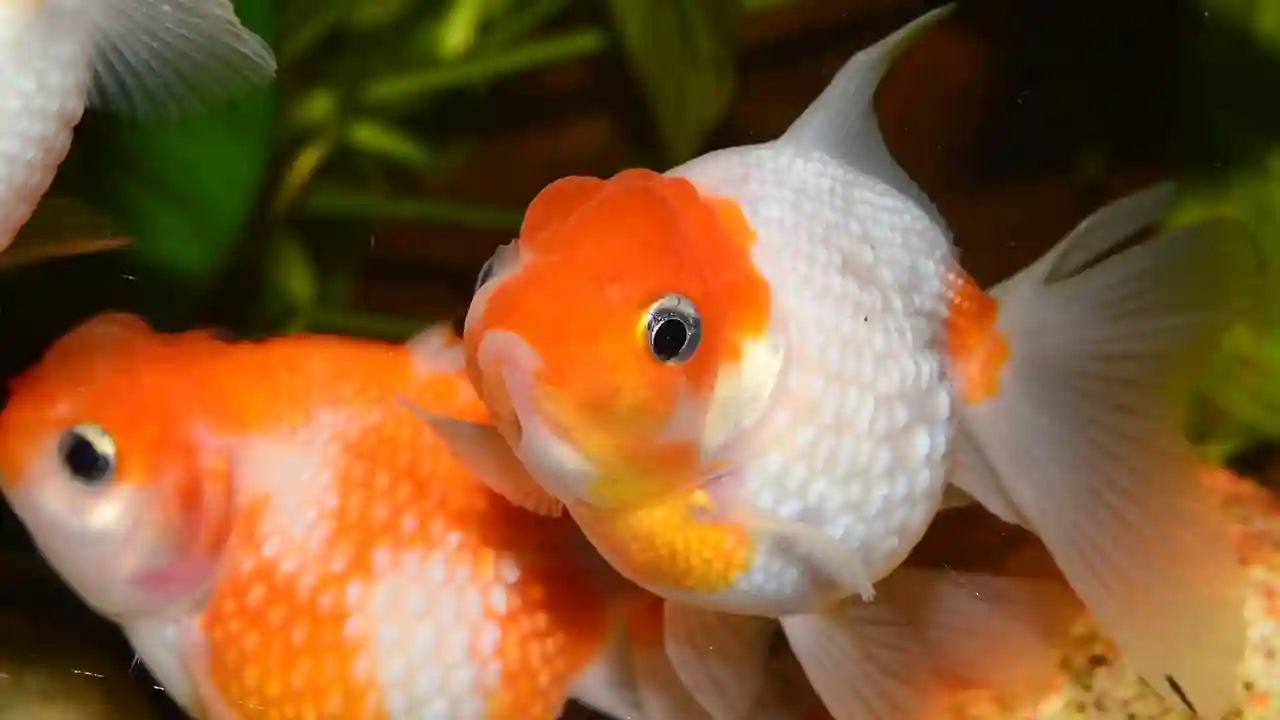
The animals of parents who want to teach their children some responsibility before bringing a bigger animal into the picture are frequently selected for their hardness, but they may be much more than just a beginning animal.
If you live in a tank of sufficient size – a 20-gallon model is usually recommended – your golden fish will grow up to 14 cm and survive for more than a decade (the oldest recorded goldfish made it to a staggering 43 years).
Available for just a few dollars in most pet shops, if you want to fill your tank for a budget, goldfish should be high on your list.
2- Freshwater Guppy Fish
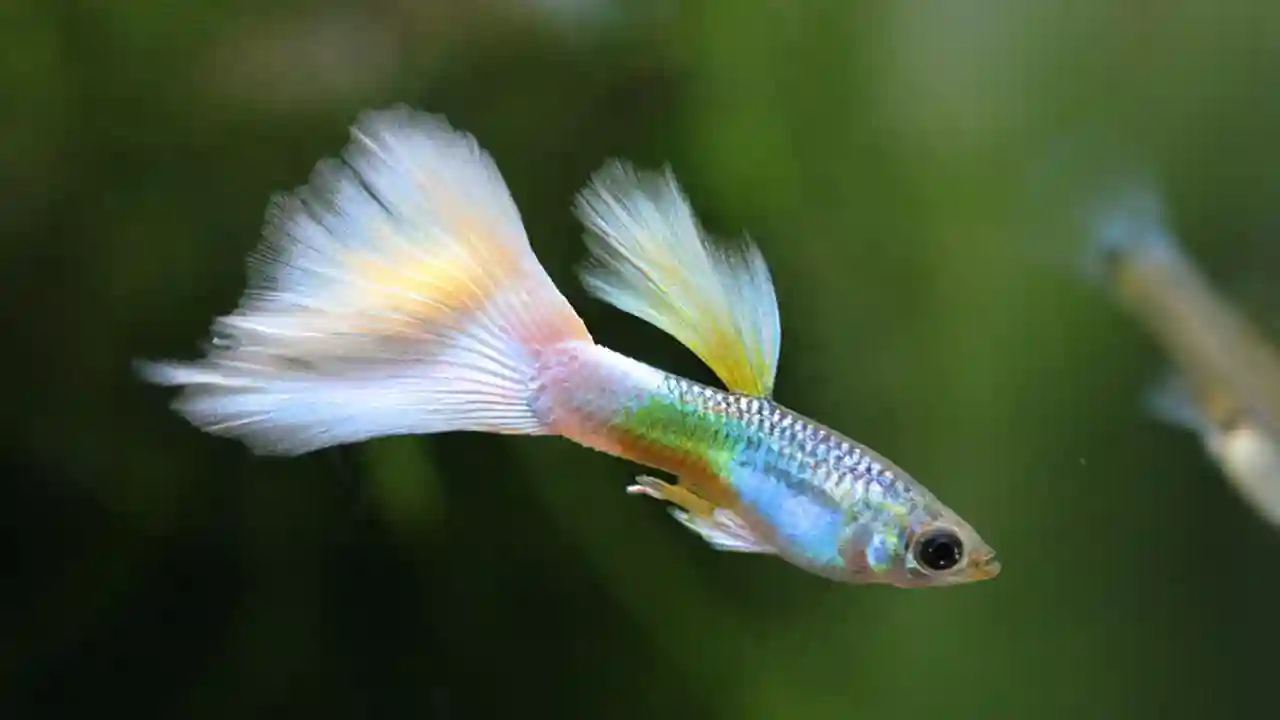
As they are simple to look after, guppies are nearly as popular among beginning fishermen as goldfish. Its appeal may also be linked to its bright colors and mesmerizing tails, especially frequently seen in men.
It is essential to remember that guppies are social, as opposed to goldfish, and should be maintained in groups, which may be an issue if you want to minimize stress in taking care of numerous fish.
If you are willing to continue, it is advisable to maintain guppies in sets of threes, one gallon of water per fish.
3- Cory Catfish Freshwater Fish
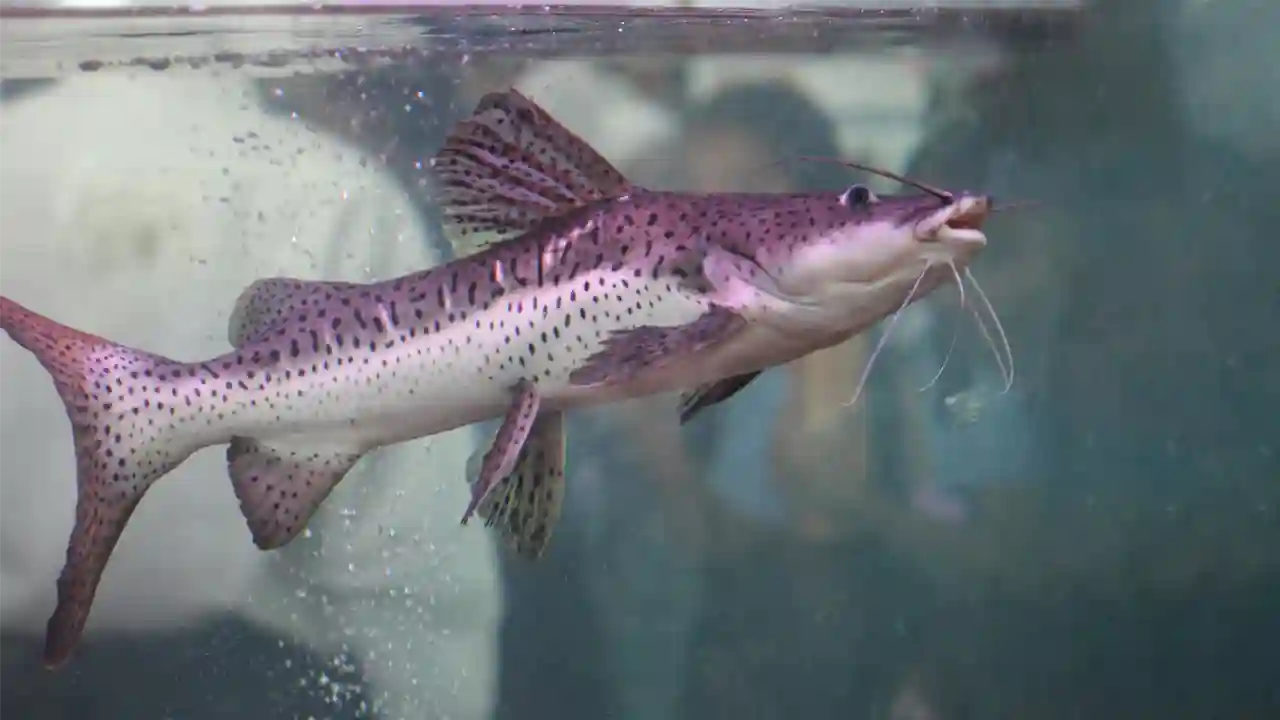
You might consider buying a Cory catfish or two if you want to create a community aquarium rather than just hosting a species in your tank.
Cory catfish, while a fairly social lot, are peaceful and non-confrontational, making them the perfect fish for the community in freshwater.
Cory catfish are mostly bottom feeders and should thus be fed with sinking pellets. Go instead with conventional flakes, and your Cory catfish are probably weaker and lose every meal to quicker and more energetic fish.
4- Killifish
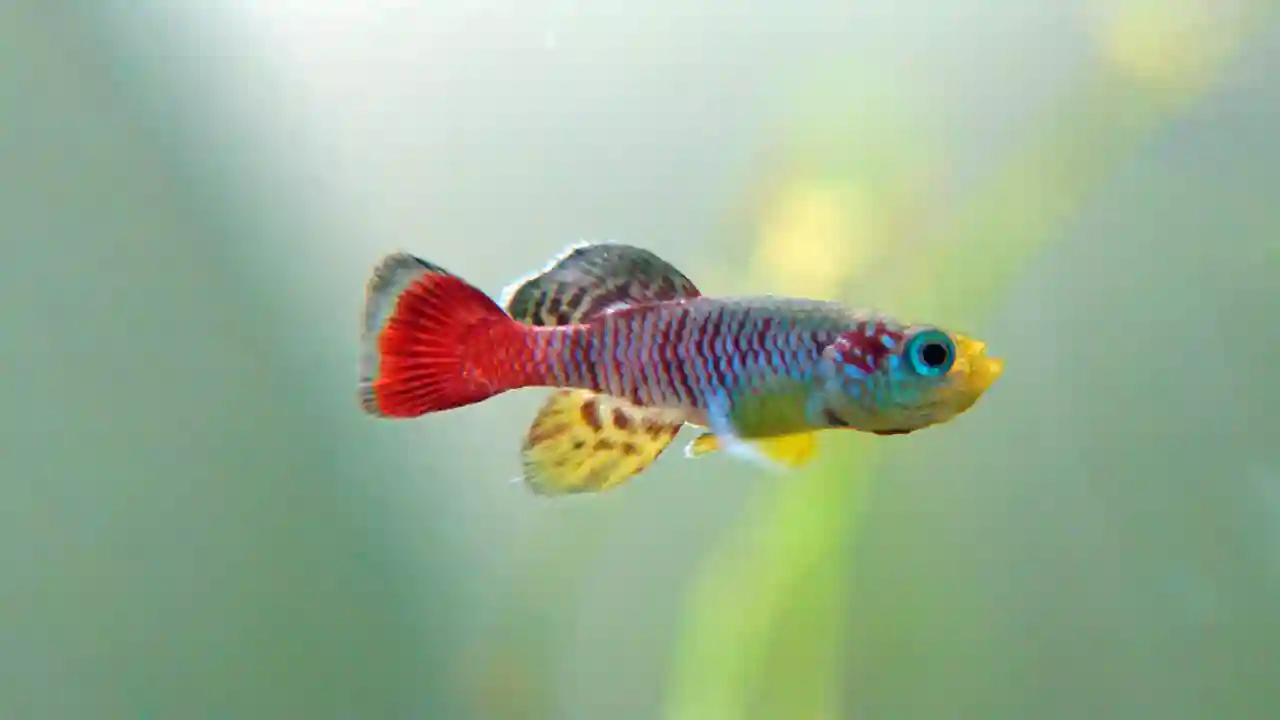
The killifish is unlikely to fight with other fish in your aquarium with a small aim so that you can be sure of a calm tank as long as you maintain one male killifish (they can get quite aggressive when mating season rolls around).
In terms of easiness, killifish is one of the easiest aquarium fish to reproduce and needs far fewer particular circumstances than certain other fish species.
Apart from its durability and its ease of cultivation, the colorfulness of killifish is its enormous appeal. Even the most meticulous aquariums with their patterns and colors that flow through its 700 species will not discover a killifish that matches the color scheme of their tank.
5- Angelfish
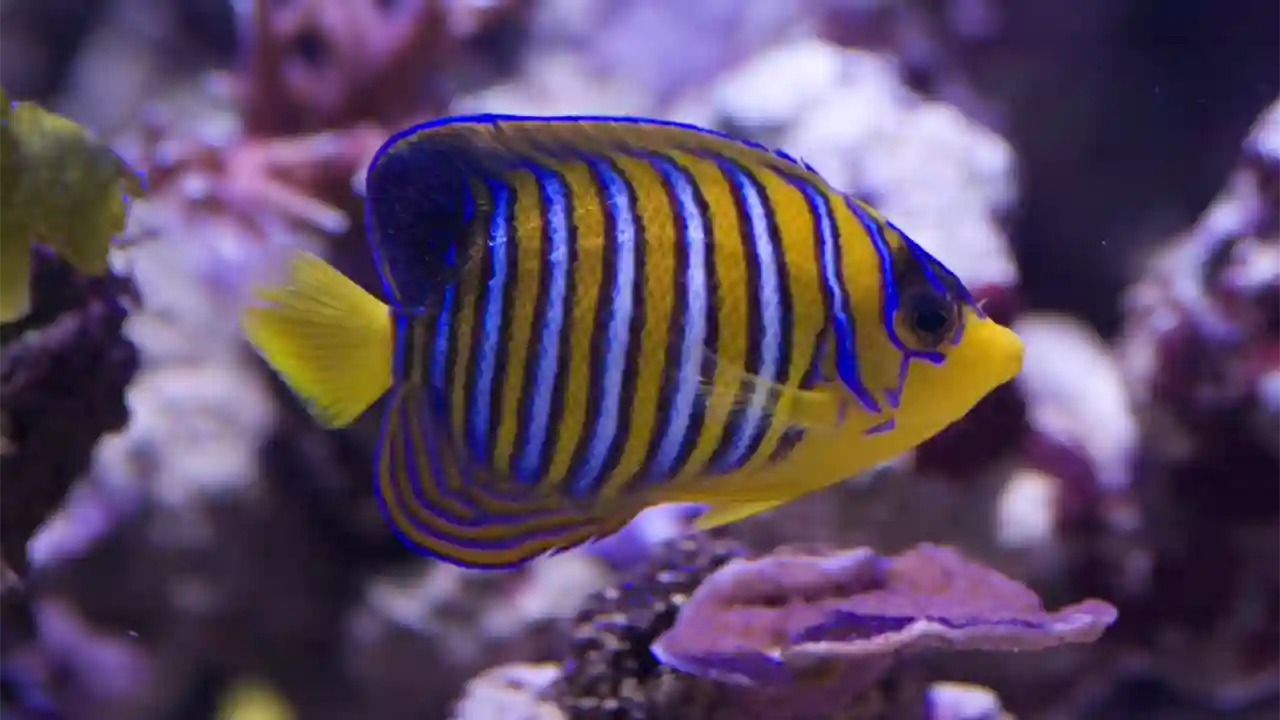
If you have difficulty, add an Angelfish or two to your tank. Although the angelfish may be hard to grow and maintain, many aquariums believe that it is worth more than the experience because of its distinctive structure and its numerous color variants.
Like Siamese combat fish, Angelfish is ubiquitous and needs a balanced diet of animal and plant food, which may be a problem if you don't have any expertise in aquarium fish conservation in advance.
Angelfish, however, need a big tank and should have no less than 20 gallons of water in which to move. As it grows, your angela may measure up to 6 inches, which is an issue if you have less fish in your aquarium since it is keen to establish its supremacy.
6- Cherry Barb
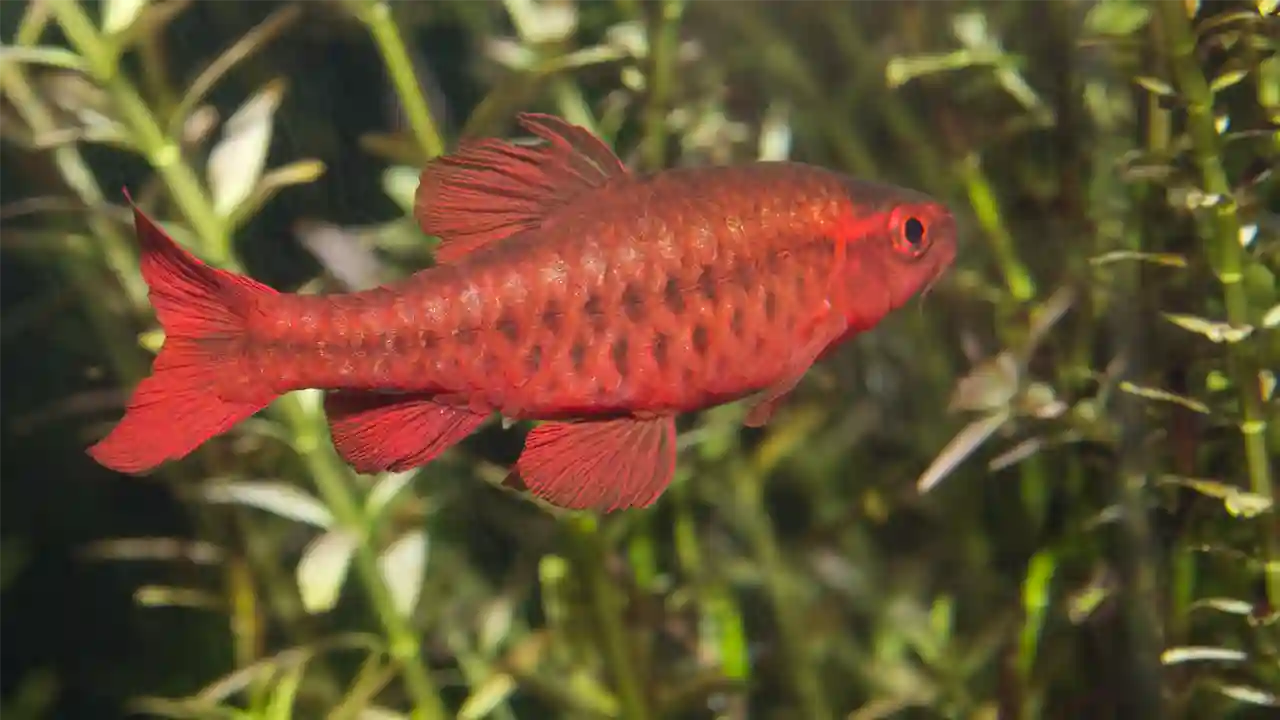
The cherry barb is a very simple fish to look after as long as you have a tank of the right size. The average cherry barb reaches 2 cm and requires at least 25 liters of water when developed.
If you contemplate taking a cherry beard, you should also add plant displays to your aquarium, since this is one of many fish breeds that prefer to hide away even when not at risk.
When you google an image of the cherry barb, you will get a few dozen pictures of a brilliant red fish which gives the animal its name, of course. It is nevertheless essential to remember that the cherry barb is mostly silver in color; male fish are only red when they reproduce.
7- Oscar
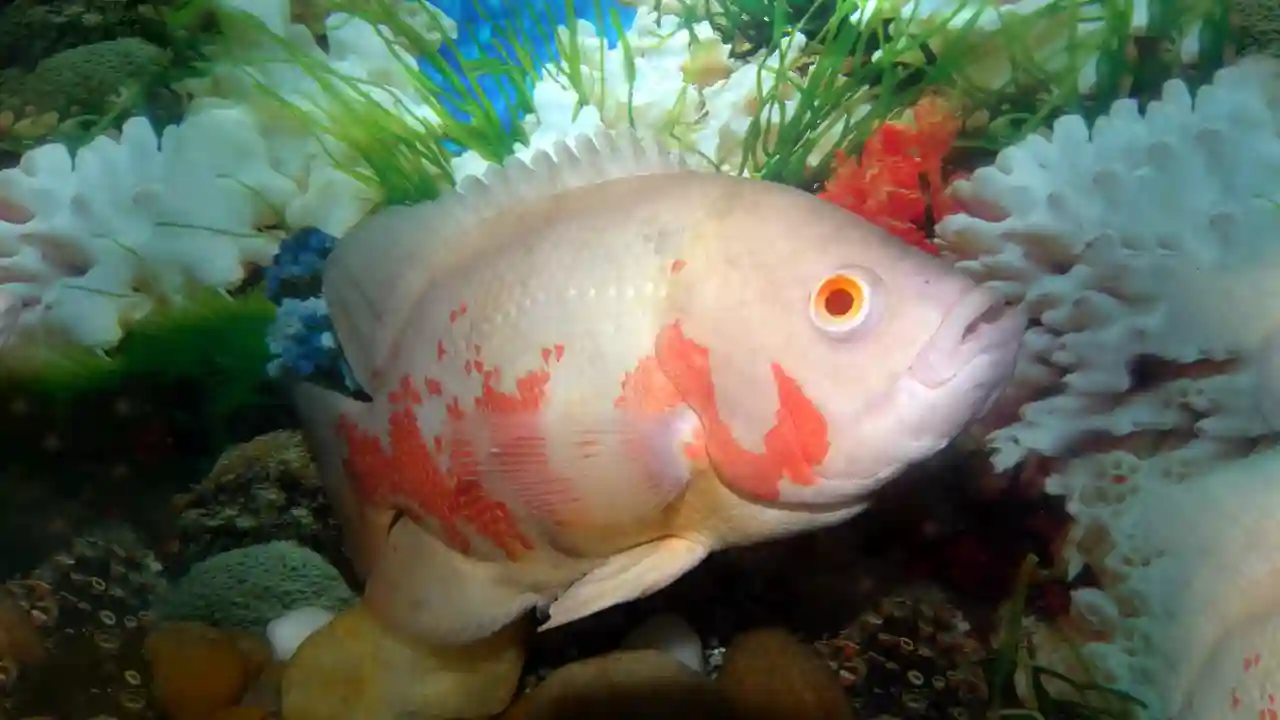
Although the interaction of oscar with other fish species is strikingly hostile, it can establish a fairly good connection with people, having the ability to trace affection back to its top intellect compared to other freshwater tropical fish.
The Oscar is not suited for keeping in a communal aquarium because of its antagonism and should be maintained exclusively for other Oscars. In combination with its increasing waste output and painfully specialized diets, it is this aggression that puts many fish keepers off the oscar.
The Oscar is not without its appeal, of course. The typical oscar can be trained to react to its name because of its intelligence, and can even learn a few tricks during its estimated two decades' lifetime.
8- Pleco Bristlenose
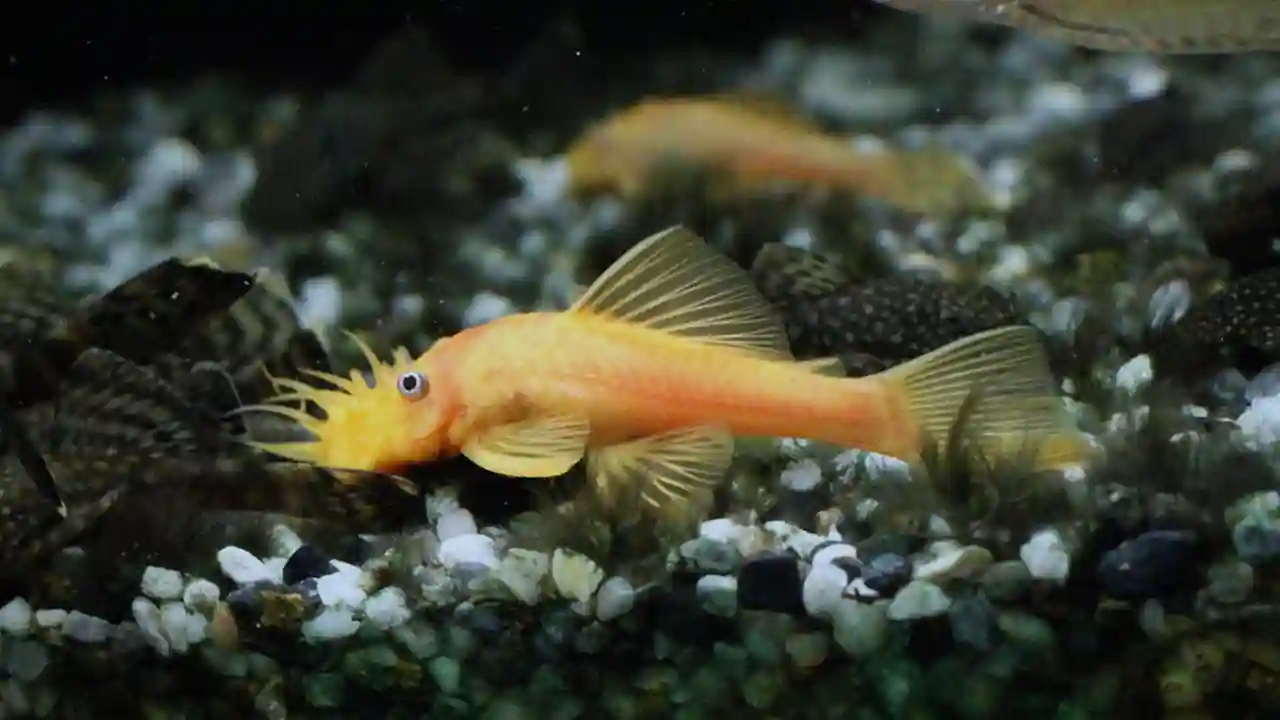
You should cross your Bristlenose list if you are planning to breed fish since that is certainly not what you are searching for.
Bristlenose pléco is a species of catfish that is famously difficult to breed and even the most skilled and devoted aquarists fail.
It needs minimal conventional fish food and prefers to feast on the usual algae in a tank, so that the aquarium in which it is kept may be cleaned.
Although it is a low feeder, Bristlenose is really very fun to watch, due to its propensity to throw itself into the water (incidentally, do not house a Bristlenose in an open tank).
9- Danio Zebra
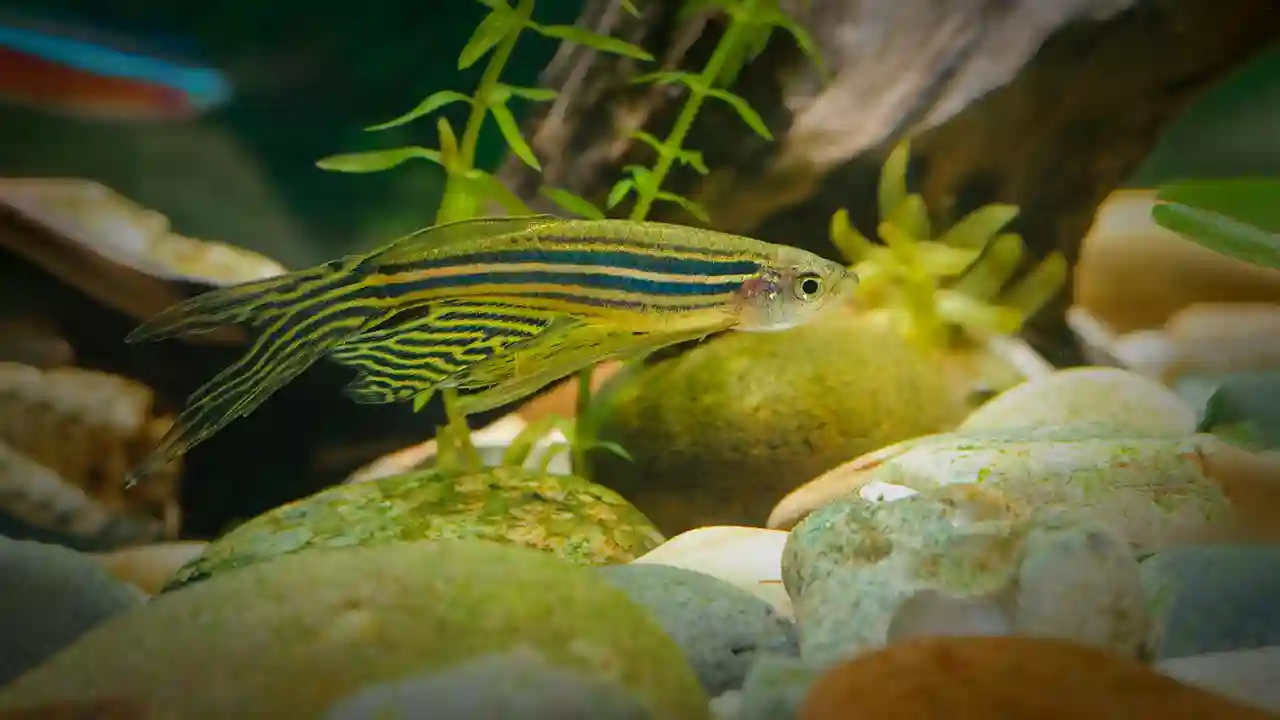
Like the Bristlenose pleco, the zebra danio is known to leap, and should therefore not be kept open. Fortunately, this type of fish ends with a particular need.
The zebra danio is one of the simplest freshwater fish breeds to cure and thrive in a variety of waters. A zebra danio is seldom longer than 7 centimeters, needs just 10 liters of water, and maybe stored on generic flocculation.
Nevertheless, zebra danios prefer to travel in groups and may get stressed to the degree of malady if they are kept alone.
10- Platy
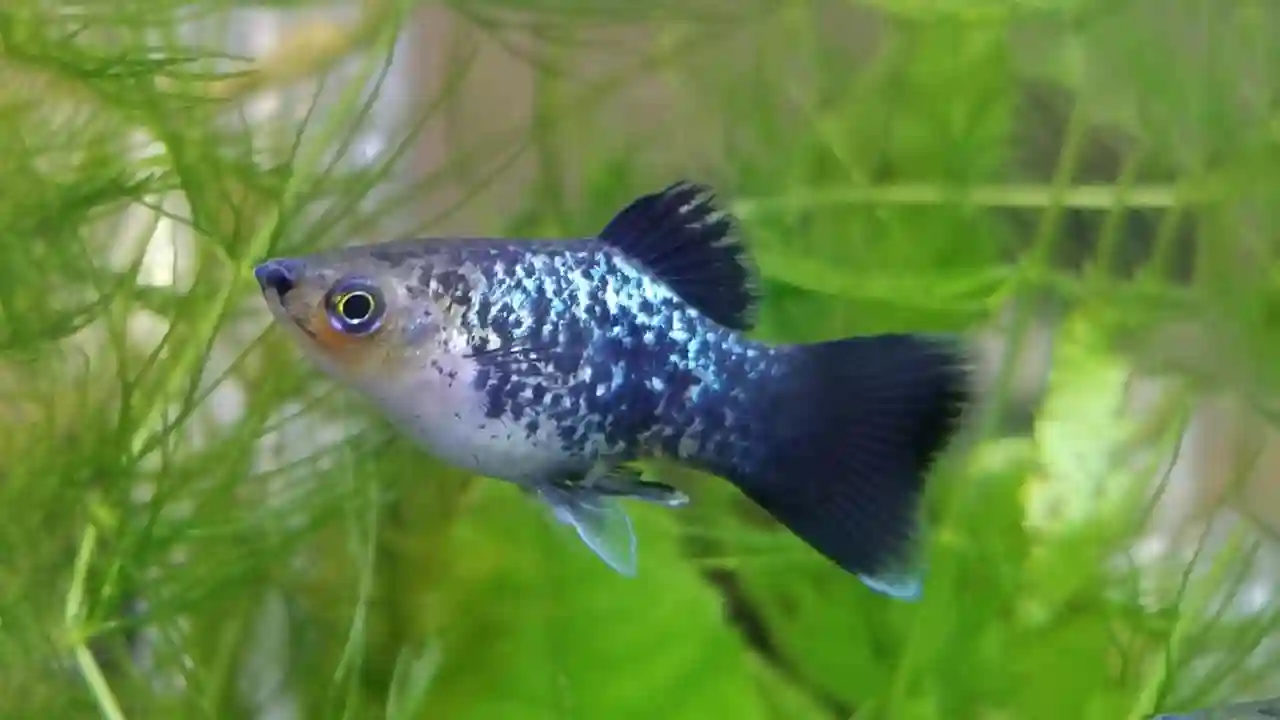
Like Zebra Danio, the platy is a communal fish and likes to move in groups of five, but in bigger groups, it feels secure. But, although it requires a big group, in only ten gallons of water the platy may live happily.
Furthermore, the plate is aesthetically appealing since its parallels with the zebra danio are more fascinating than its predecessor and indeed the overwhelming majority of tank fish.
The reason is that the plate is not confined to one color or design. Platies are a calm lot and are especially well connected with other tiny fish species. They can be fed both animal and plant meals, although they usually prefer the former diet.
Final thoughts about fish from freshwater
One of the aforementioned freshwater fish cannot be considered the greatest, since each comes with its own distinct combination of advantages and disadvantages. Instead, your aim should be to determine which of the above species best suits your requirements and tastes.
You must choose a fish that meets your expertise level. Although a beginner fisherman may want to store a discussion in his tank, it would be unwise to do so.
If you are a beginner fishkeeper, we recommend starting with a less difficult fish – maybe a neon tetra or a guppy – then getting to the more tough breeds.